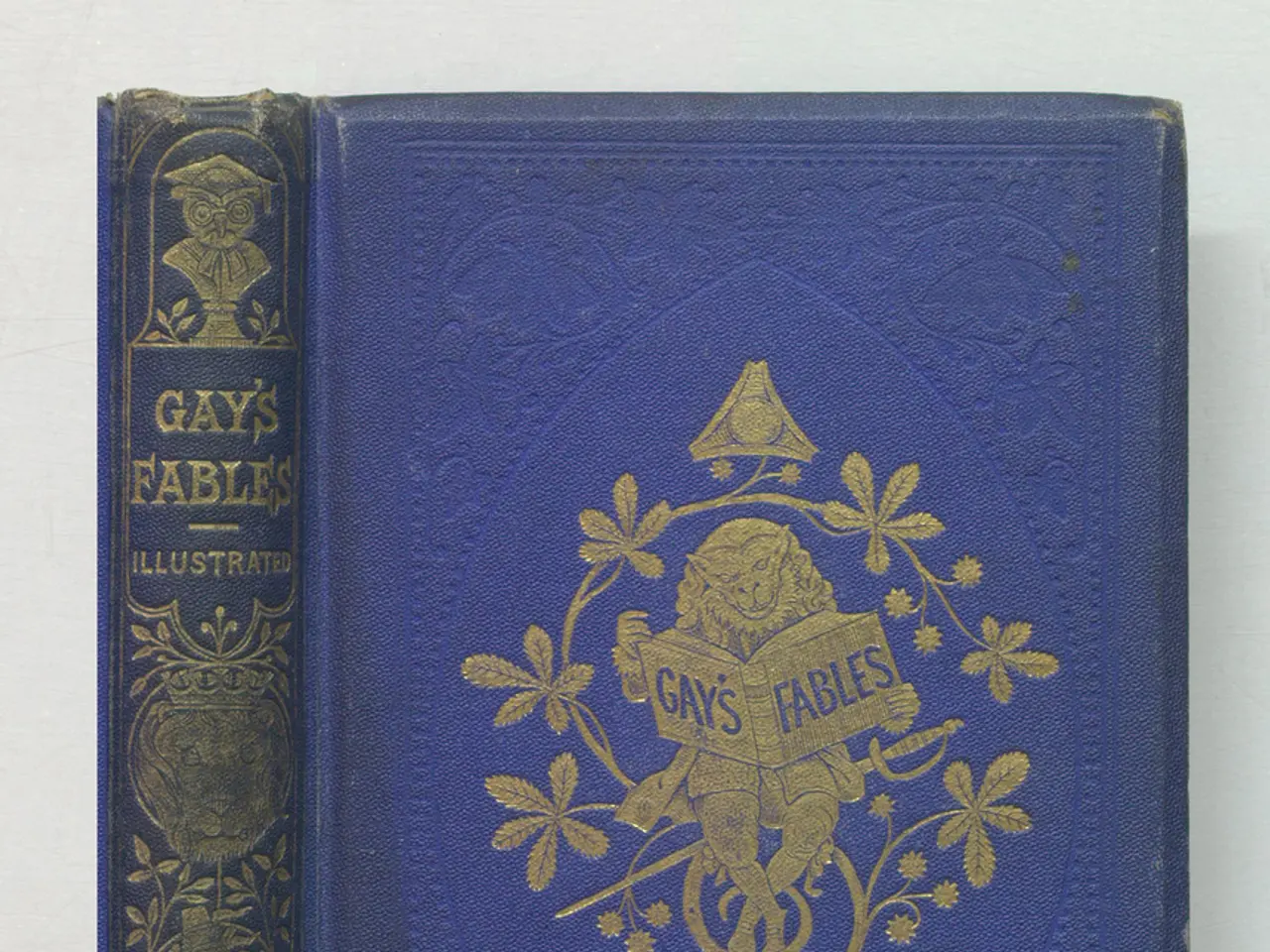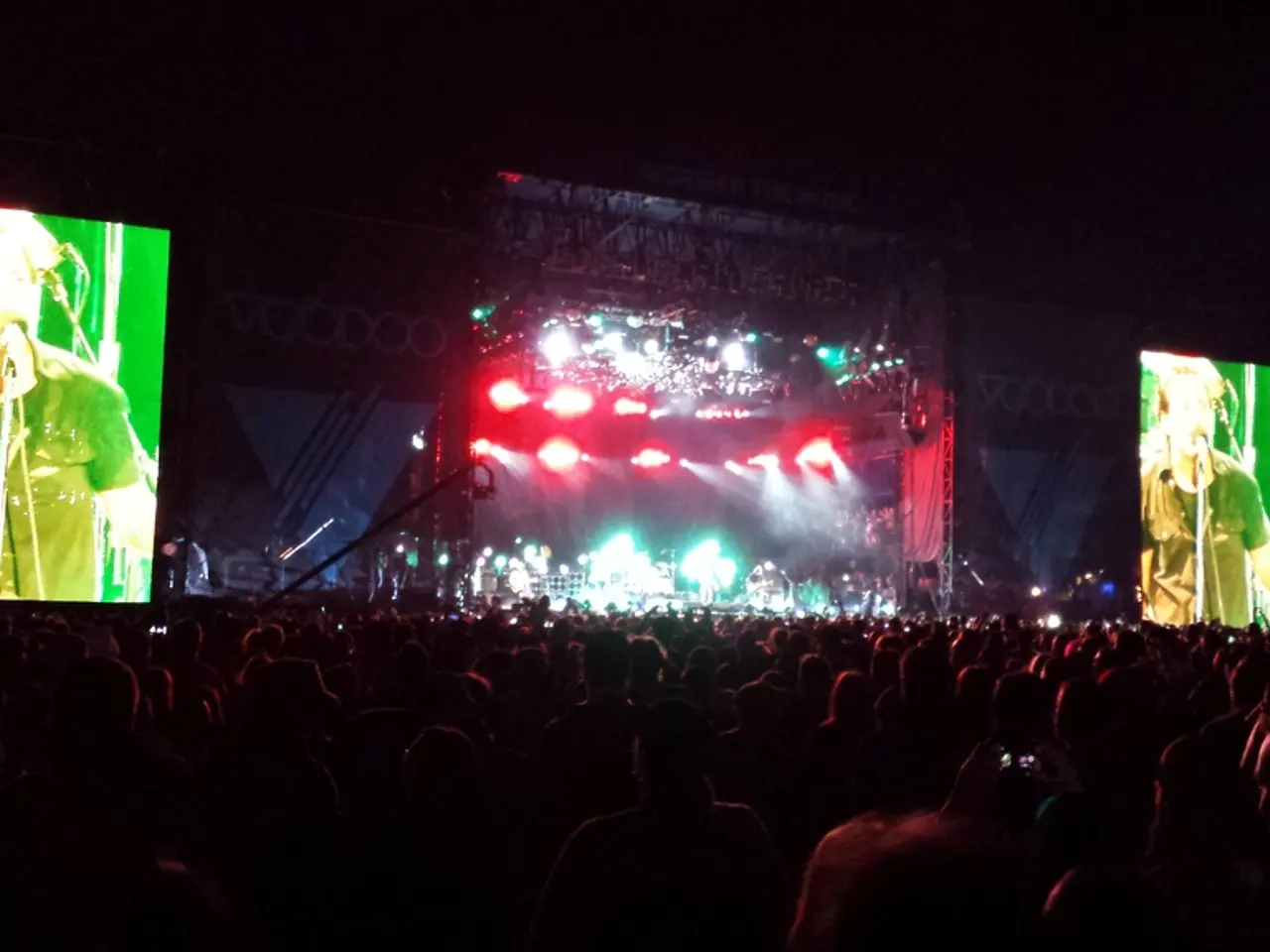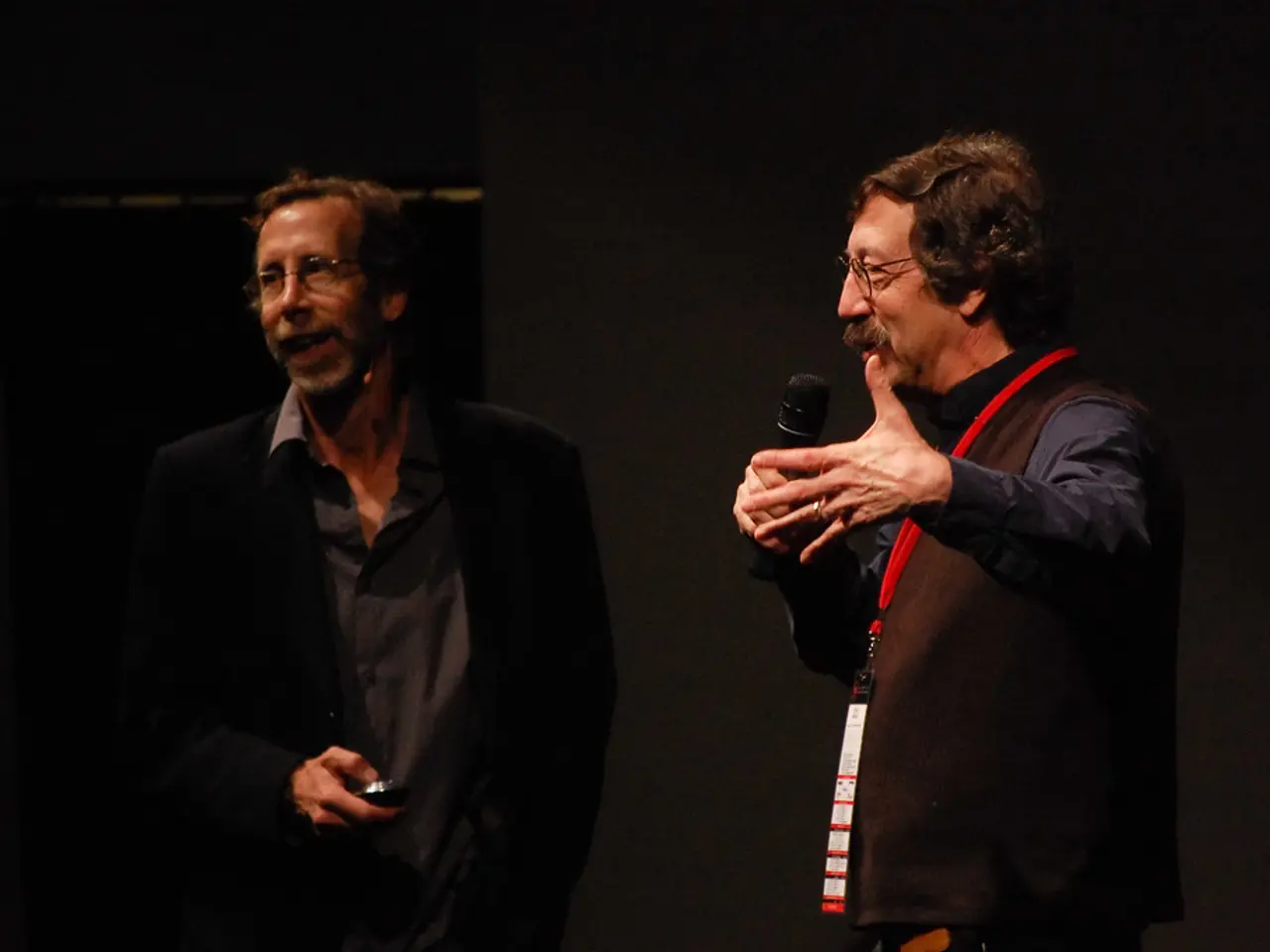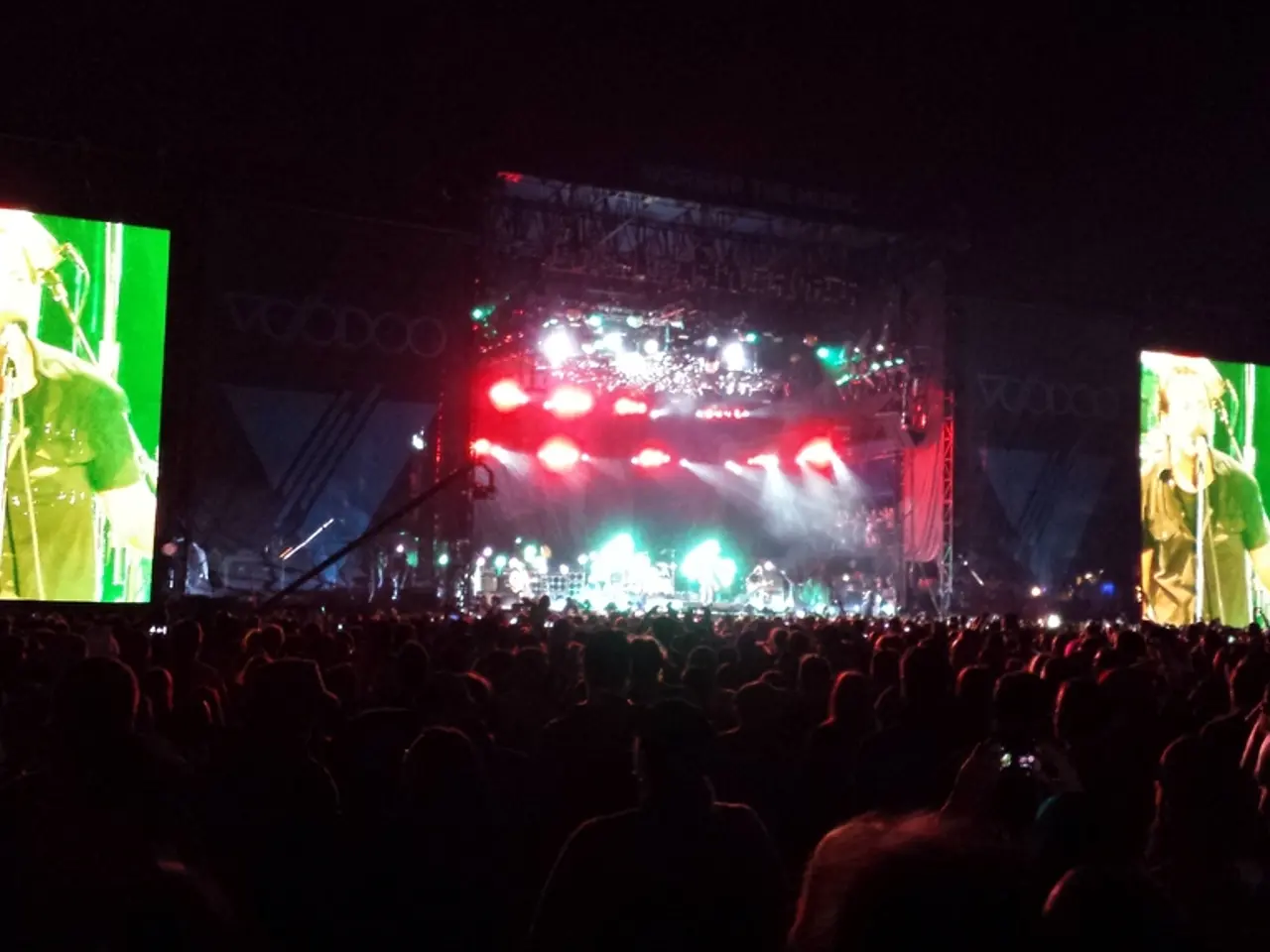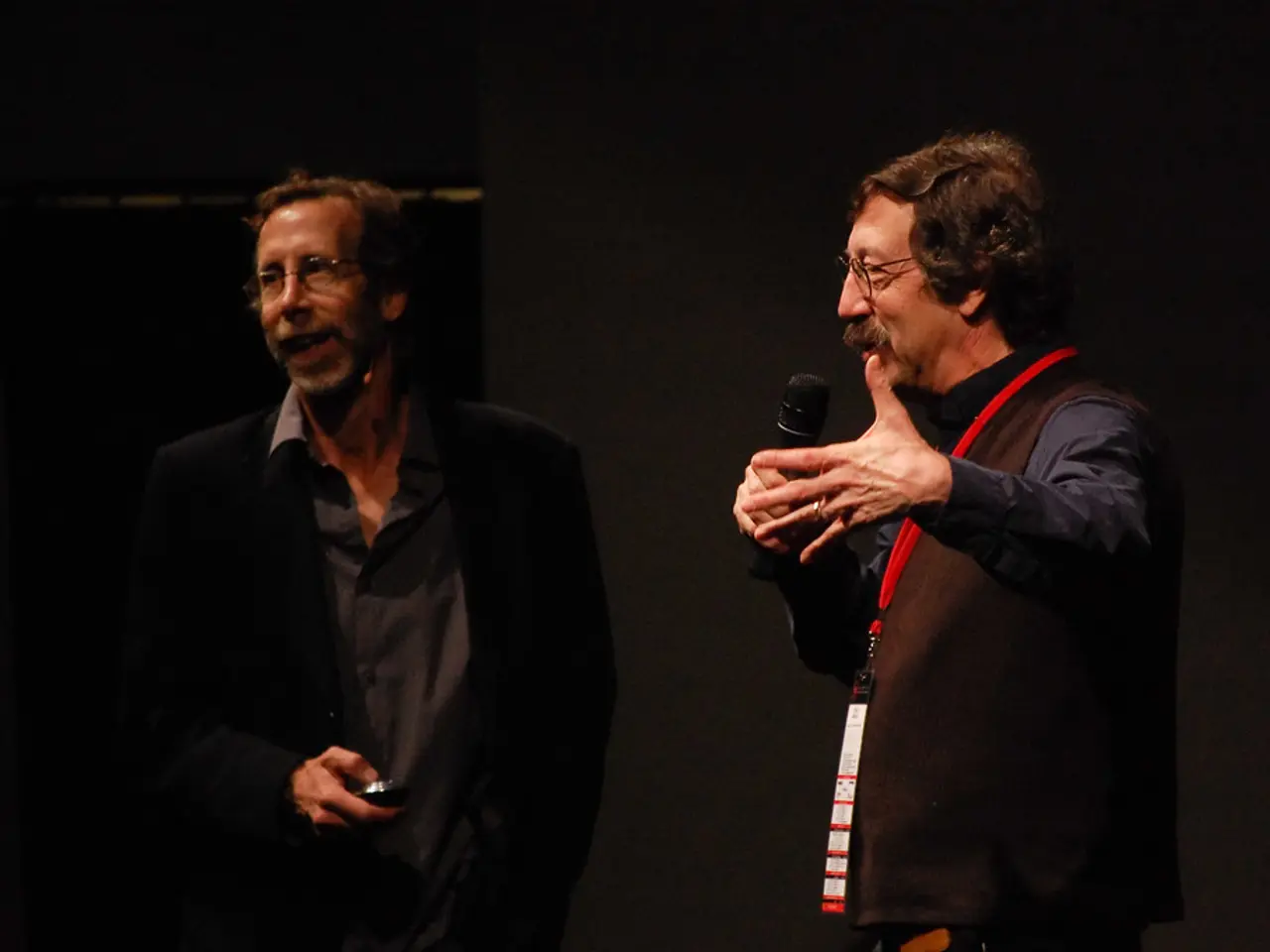Delving into the Symbolic Spiritual Imagery in The Witch: An In-depth Movie Interpretation
In the chilling world of Robert Eggers' "The Witch", the film delves into the psyche of a Puritan family grappling with isolation and existential dread, set against the backdrop of 17th-century New England. The dense, untamed wilderness surrounding them serves as a metaphor for both God's creation and human sin, while the ominous Black Phillip, the black goat, symbolizes the devil in the film.
The wilderness, with its unknown and unholy nature, embodies the Puritans' fear of the untamed world beyond their understanding. Folklore significantly shapes the religious imagery in "The Witch", deepening the film's critique of religious extremism. The disintegration of familial bonds under religious strain illustrates the destructive potential of rigid dogma, as each character retreats inward as their faith falters, unable to find solace or understanding in one another.
The family's banishment from the settlement represents a literal and figurative detachment from their religious community. This isolation in "The Witch" is a powerful catalyst that exacerbates the family's faith crisis, serving as both a physical and spiritual metaphor. The film invites viewers to reflect on the power of myth and belief in shaping human experience.
Scholarly resources offer valuable insights into the religious symbolism and allegory in "The Witch". Academic conferences, journals, and published chapters explore religion and film, Puritan-era witch trials, and folk horror motifs. The 2025 International Conference on Religion and Film, hosted by Boston University School of Theology and The Journal of Religion & Film, explicitly invites papers analyzing films like "The Witch" for their religious symbolism, Puritanical themes, and folk narratives.
Studies on witch trials and witchcraft contextualize the historical and theological background of Puritan beliefs that inform "The Witch's" allegorical use of religious persecution, superstition, and magic. General theoretical works on allegory, including religious allegory, offer conceptual tools for interpreting "The Witch" as a layered narrative that uses Puritanical iconography and folklore allegorically to comment on faith, temptation, and societal fears.
Engaging with film forums and discussion groups can enrich understanding of the intersection of religion and media. The Witch's depictions of witchcraft reflect historical paranoia, adding another layer to the film's exploration of faith and fear. The ominous Black Phillip in the film represents the devil's temptation, further illustrating the film's critique of religious extremism.
In conclusion, "The Witch" is a compelling exploration of faith, fear, and the human condition, deeply rooted in Puritan religious themes and folklore traditions. For those seeking a deeper understanding of the film's symbolism and allegory, delving into scholarly resources on religion and film, Puritan-era witch trials, and folk horror motifs is highly recommended.
- The academia delves into the religious symbolism and allegory of indie movie "The Witch", with academic conferences and journals discussing its Puritanical themes, folklore, and folk horror motifs.
- A scholarly paper analyzing "The Witch" for its religious symbolism and Puritanical themes could be presented at the 2025 International Conference on Religion and Film, hosted by Boston University School of Theology and The Journal of Religion & Film.
- The depicted witchcraft in "The Witch" reflects historical paranoia, adding another layer to the film's exploration of faith, fear, and human condition—aspects that are central to both indie films and entertainment.
- "The Witch" critiques religious extremism by showing the disintegration of familial bonds under religious strain, as each character retreats inward as their faith falters, a scene often found in movies-and-tv devoted to religion-driven stories.
